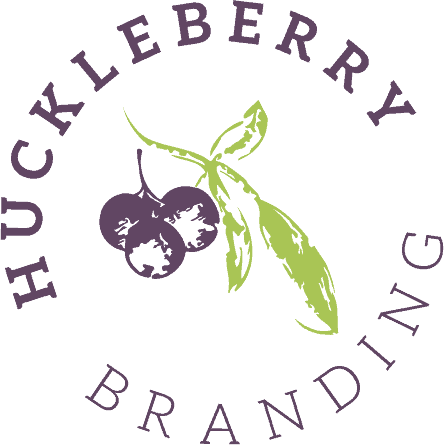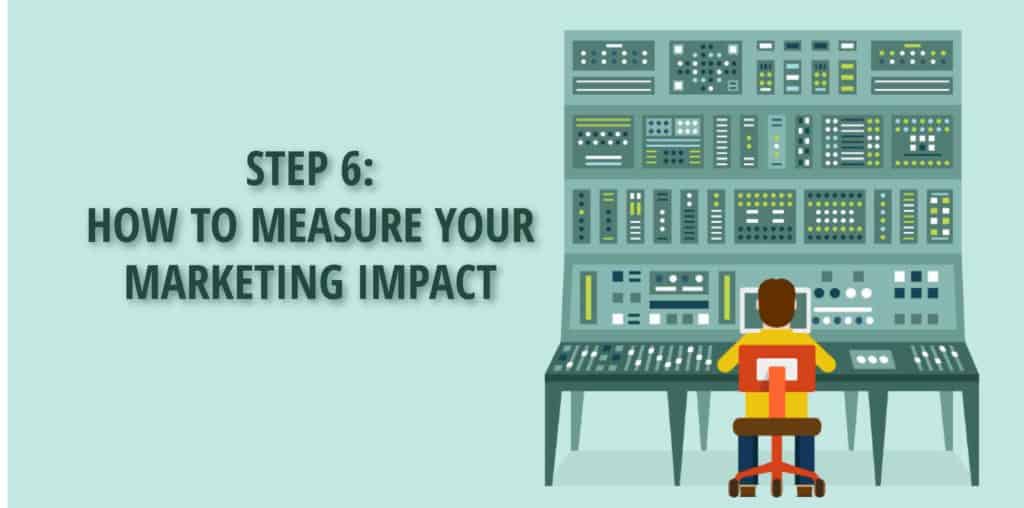This is the final step in a six-step series on how to build your brand strategy. If you have completed the previous steps, you are ready to learn how to measure your marketing impact. To learn more about this series, visit our introductory post here or see the rest of our blog.
Throughout this blog series, we have learned the basics on how to identify your target audience, craft a clear brand message, create a visual brand identity, establish your marketing strategy and determine the best marketing platforms to reach your target customer. In our sixth and final step in the series, we will arm you with a few powerful tools to help you measure the effectiveness of your marketing strategy. Here is a step-by-step on how to measure your marketing impact:
Set Objectives:
To determine your marketing impact, you need to start with a clearly-defined set of goals. Say, for example, your organization decides that in the next year, you will achieve gross sales of $1 million. A marketing objective could state, “XYZ company will increase sales 20 percent by identifying market segment we have not explored.” Next you’ll need to consider any challenges. What is the number of customers needed to achieve our sales and market share targets? How much does it cost to acquire a customer? Do our current prices reflect how we want to be positioned in the marketplace? For example, a limited-edition wine could justify a high price to appeal to well-to-do connoisseurs. On the other hand, stuffed toys might have to be priced to compete with neighboring businesses. In addition to writing down specifics about your future goals, take an honest assessment of where you are now so you can establish concrete milestones and benchmarks on a timeline along the way.
Establish Key Performance Indicators (KPIs):
Once these objectives are established, prioritized, and written into your marketing plan, it is time to identify metrics that support these goals. Here are a few popular business objectives and KPIs associated with them that you might want to track:
- Brand Awareness — Number of impressions on a website, landing page, email, display ad, video, social platform, affiliates or partners’ platforms
- Consumer Engagement — Responsiveness of consumers to content and calls-to-action, blog comments, social shares, likes, tweets
- Leads — Form submissions, blog subscriptions, referrals
- Sales — Online and offline sales, up-sells and cross sales
- Customer Retention — Repeat customers, loyalty program members
- Customer Experience — Review sites, ratings, customer feedback survey responses
Gather Information:
Next, you will need to determine where you plan on collecting this key information, how often you collect this information, and who is responsible for collecting it. There are a number of free and low-cost tools to measure your KPIs available; here are just a few:
- Google Analytics — If you don’t already have a Google Analytics account connected to your website, visit this tutorial to set one up. Google Analytics can tell you who your visitors are, where they are coming from, and what topics, products or services are attracting them to your site.
- Email Analytics: Whether you use Mailchimp or Constant Contact, robust email analytics are ingrained in just about any email marketing platform you use. Track where your subscribers are coming from, what content they find most appealing or beneficial, or what made them opt out so you can better curate your content to attract more leads and conversions.
- Social Analytics: Facebook’s Insights tool or Twitter Analytics can provide a wealth of information about your social reach and customer engagement on any social platform. If you want an aggregated social analytics platform, try tools like Hootsuite or Sprout Social for a more comprehensive overview of your total social reach and influence.
KEY TAKEAWAYS FROM THIS STEP
At Huckleberry Branding, we believe it is imperative to be fruitful by design. Without measuring the effectiveness of your marketing efforts, you might as well be throwing time and money out the window. The culmination of this branding power guide should give you all the tools you need to build a comprehensive, progressive and sustainable marketing plan for your business. We hope you followed along with us over these past few months and now have the basic branding and marketing know-how to grow your business fruitfully and organically without a tremendous investment.
If you need help with your brand development or marketing strategy at any point in the process, please contact us today at info@huckleberrybranding or 615-592-6191 to schedule your free initial consultation with us!






